 Chronic ear infections can be a persistent and painful problem, affecting both children and adults. Here are some comprehensive tips for managing and preventing this sometimes painful and persistent condition.
Chronic ear infections can be a persistent and painful problem, affecting both children and adults. Here are some comprehensive tips for managing and preventing this sometimes painful and persistent condition.
Understanding Chronic Ear Infections
Lasting and persistent ear infections, also known as otitis media, occur when fluid or infection persists in the middle ear for an extended period. They can lead to discomfort, hearing problems, and other complications if not properly managed.
Causes of Chronic Ear Infections
Recurring Acute Infections
Repeated episodes of acute ear infections can lead to chronic conditions. Bacteria and viruses are common culprits.
Eustachian Tube Dysfunction
The Eustachian tube helps drain fluid from the middle ear. Dysfunction can cause fluid buildup, leading to infection.
Allergies and Sinus Infections
Allergic reactions and sinus infections can cause inflammation and blockage, contributing to chronic ear infections.
Environmental Factors
Exposure to tobacco smoke, pollution, and crowded living conditions can increase the risk of chronic ear infections.
Symptoms of Chronic Ear Infections
Symptoms include persistent ear pain, drainage from the ear, hearing loss, and a feeling of fullness in the ear. Fever and irritability are also common in children.
Diagnosis
An ENT specialist like Dr. Michael Burnett will perform a thorough examination, including a review of medical history, physical examination, and possibly hearing tests or imaging studies to diagnose chronic ear infections accurately.
Treatment Options
Medications
- Antibiotics: Prescribed to treat bacterial infections.
- Steroids: Reduce inflammation and swelling.
- Pain Relievers: Over-the-counter pain medications can help alleviate discomfort.
Surgical Interventions
- Myringotomy: A small incision is made in the eardrum to drain fluid.
- Tympanostomy Tubes: Small tubes are inserted into the eardrum to allow continuous drainage and prevent fluid buildup.
- Adenoidectomy: Removal of the adenoids if they are contributing to Eustachian tube blockage and recurrent infections.
Preventive Measures
Maintain Good Hygiene
Regular handwashing can prevent the spread of bacteria and viruses that cause ear infections.
Avoid Environmental Triggers
Keep children away from tobacco smoke and reduce exposure to pollution.
Allergy Management
Treat allergies promptly to reduce the risk of inflammation and blockage in the Eustachian tubes.
Regular Check-Ups
Regular visits to an ENT specialist can help monitor ear health and catch problems early.
Home Remedies and Lifestyle Changes
Warm Compress
Applying a warm compress to the affected ear can help alleviate pain.
Hydration
Drinking plenty of fluids can help thin mucus and promote drainage.
Avoid Inserting Objects
Do not insert cotton swabs or other objects into the ear, as this can cause damage and increase the risk of infection.
When to Seek Medical Attention
If you or your child experience severe pain, high fever, hearing loss, or persistent symptoms despite home treatment, seek medical attention immediately.
Conclusion
Serious ear infections require diligent management and preventive measures to avoid complications. By understanding the causes, symptoms, and treatment options, you can effectively deal with this condition.
For expert diagnosis and treatment of chronic ear infections, contact Dr. Michael Burnett at Ear, Nose & Throat of New York. Our dedicated team is here to provide comprehensive care.
Ear, Nose & Throat of New York
Michael C. Burnett, MD
212-867-4813
Convenient East Side / Upper East Side Location

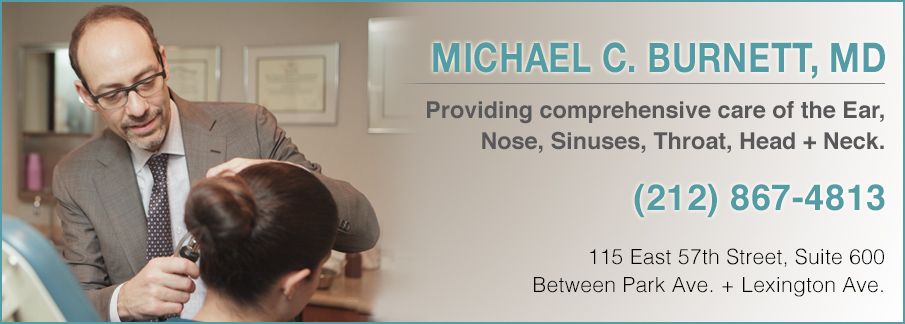
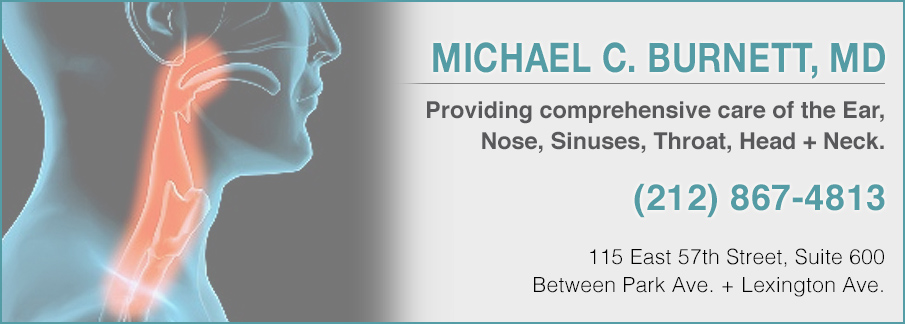
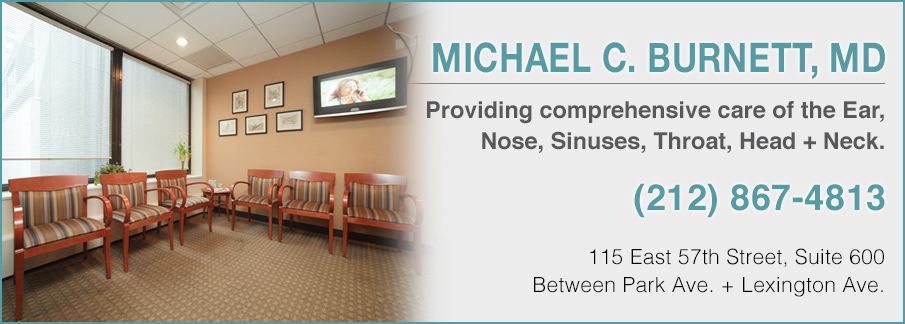
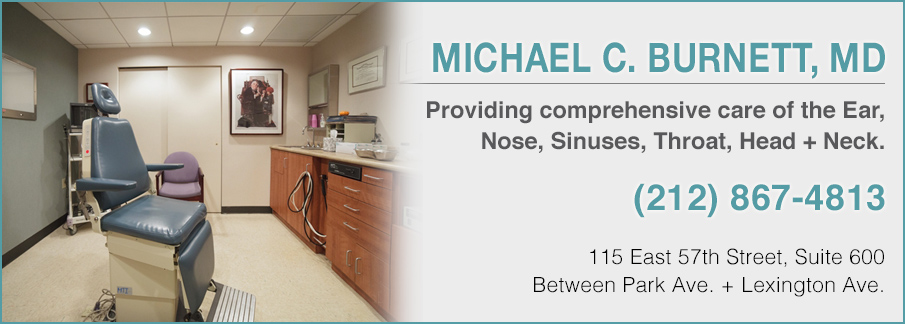
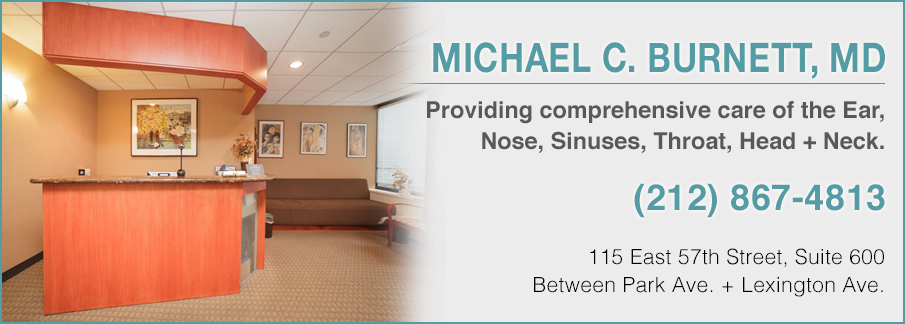
 Chronic ear infections can be a persistent and painful problem, affecting both children and adults. Here are some comprehensive tips for managing and preventing this sometimes painful and persistent condition.
Chronic ear infections can be a persistent and painful problem, affecting both children and adults. Here are some comprehensive tips for managing and preventing this sometimes painful and persistent condition.
